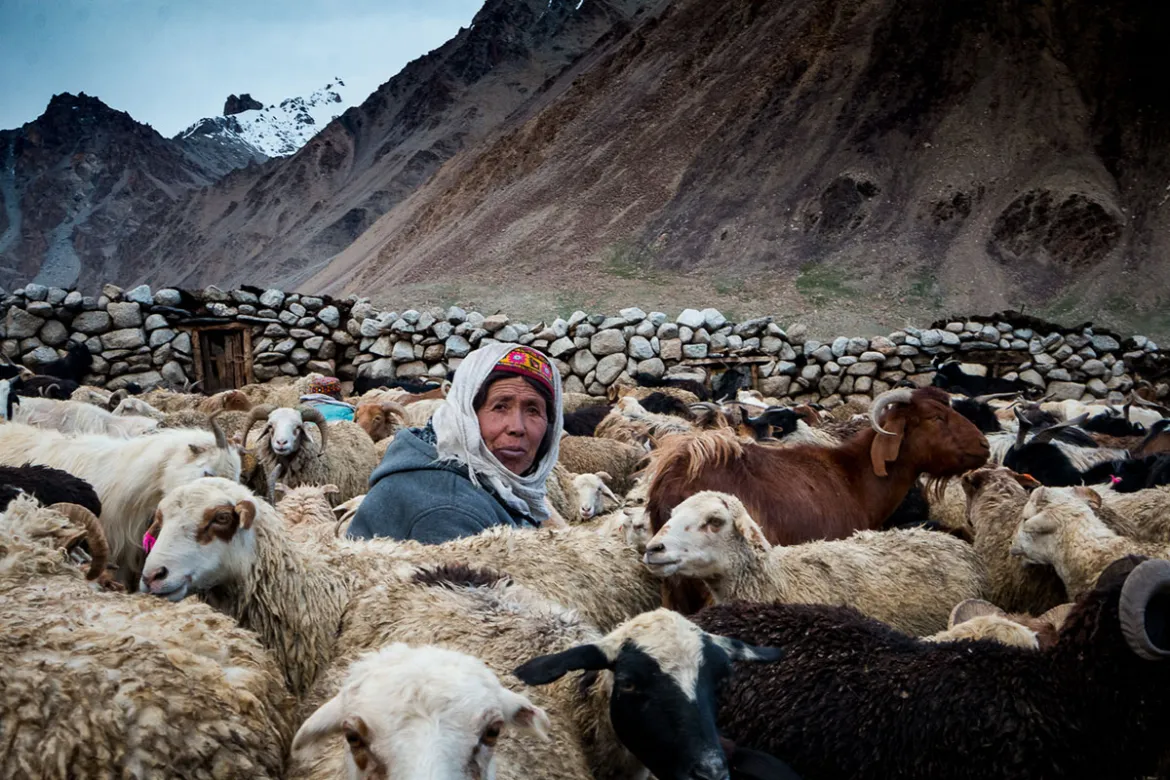
The northern mountains of Pakistan, home to towering peaks, lush green valleys, and breathtaking landscapes, are also home to a community of resilient people whose lives are deeply connected with nature: the shepherds. From the remote valleys of Gilgit-Baltistan to the high pastures of Chitral, Swat, and Hunza, shepherds lead a simple yet incredibly challenging life, relying on livestock to sustain themselves and their families. Their story is one of hard work, tradition, and harmony with nature.
Table of Contents
Toggle1. The Role of Shepherding in Northern Communities
Shepherding is more than a livelihood; it’s a way of life passed down through generations. In Pakistan’s mountainous regions, where agriculture is limited due to rugged terrain, livestock farming becomes essential. Shepherds rear goats, sheep, and yaks, which provide milk, meat, wool, and hides. These animals are not just resources but also a form of wealth and security for families living in remote areas.
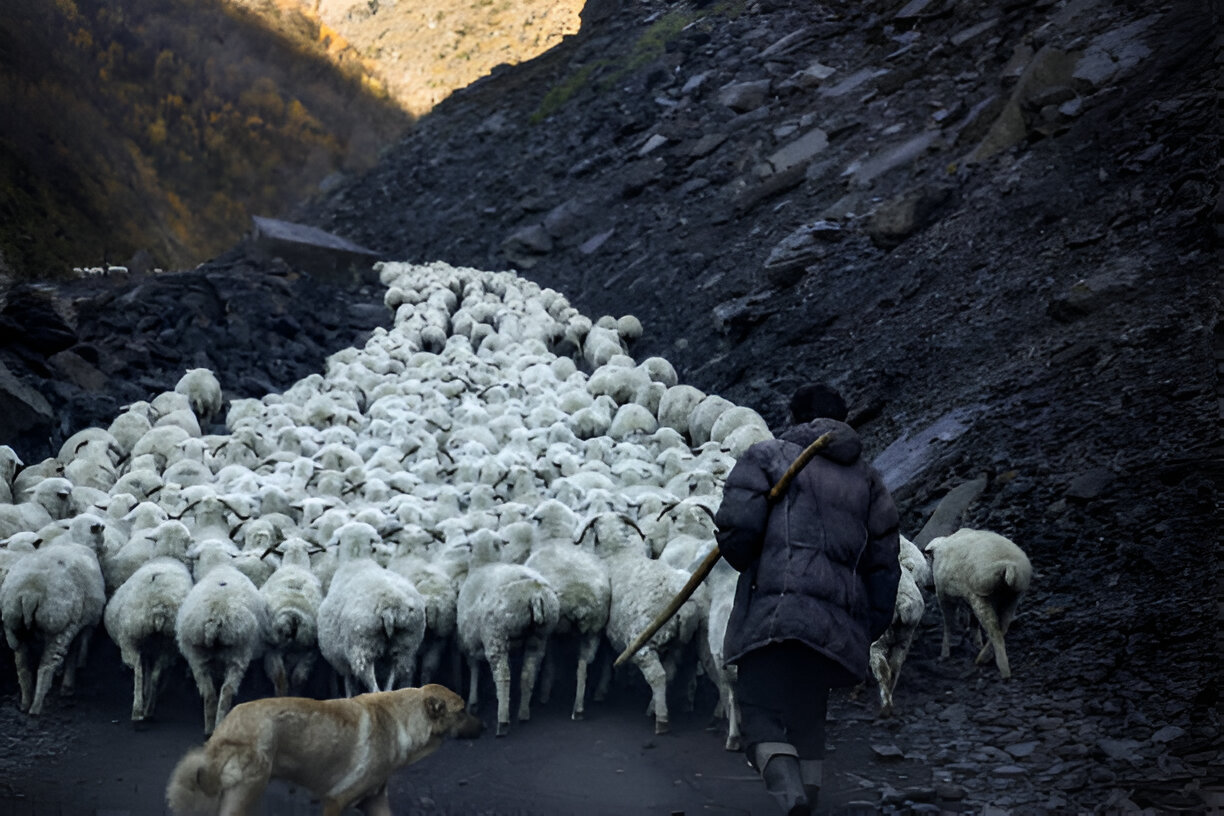
2. Seasonal Migration and Nomadic Lifestyle
Shepherds in the northern mountains follow a seasonal migration pattern, moving between high-altitude summer pastures (locally known as yaylaks) and lower valleys during winter. This migration ensures that their livestock has access to fresh grazing grounds throughout the year.
- Summer: Shepherds travel to alpine meadows, some at altitudes over 3,000 meters, where grass is abundant.
- Winter: They descend to valleys to escape the harsh snow and freezing temperatures of the highlands.
This nomadic lifestyle demands immense physical endurance, as shepherds trek long distances with their herds through difficult terrain.
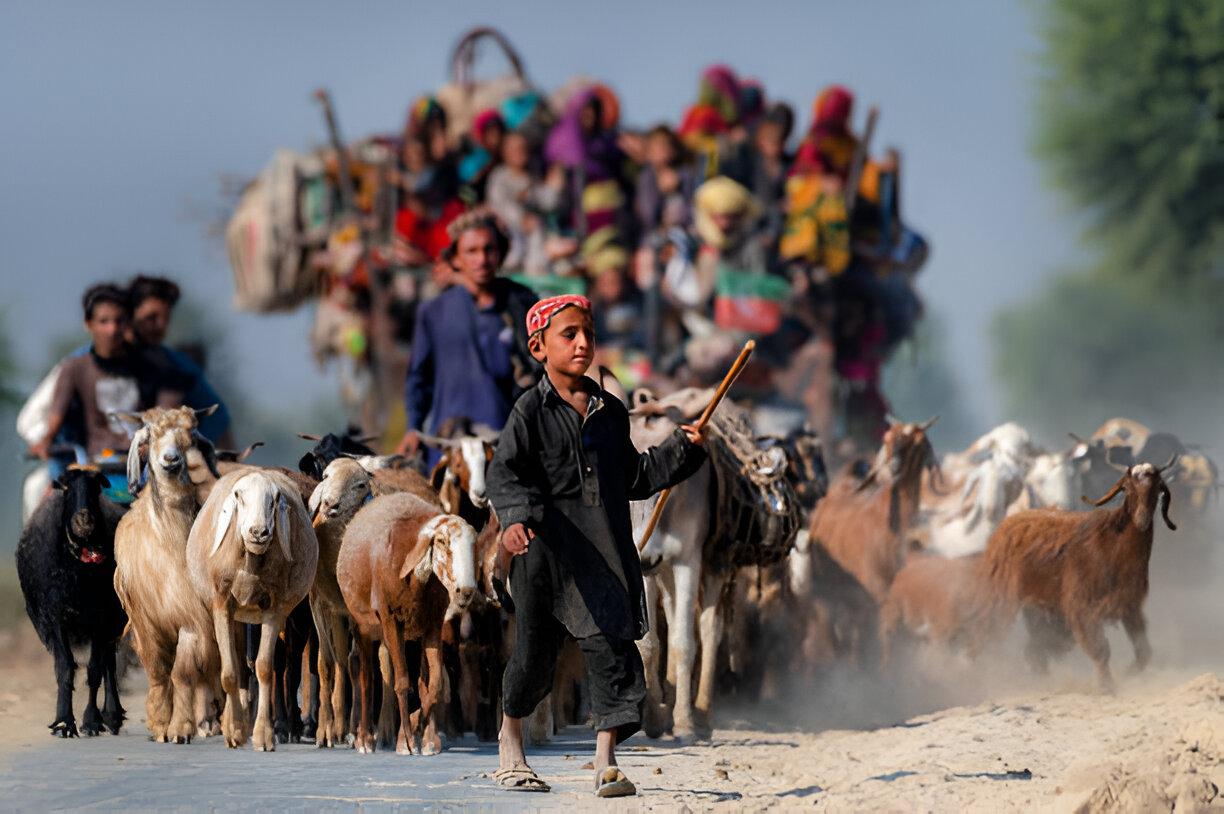
3. Daily Life of a Shepherd
A shepherd’s daily routine begins at dawn, as they guide their herds to grazing areas. They spend long hours outdoors, enduring harsh weather, from blistering sun to torrential rains and freezing winds. Their meals are simple, often consisting of bread, tea, and dairy products made from their livestock’s milk. At night, they guard their animals from predators like wolves and snow leopards.
Despite limited facilities, shepherds develop deep knowledge of the land, weather patterns, and animal behavior, skills that are vital for survival in such challenging environments.
4. Challenges Faced by Shepherds
Life in the northern mountains is not easy, and shepherds face numerous challenges:
- Harsh Weather: Extreme cold, snowstorms, and unpredictable weather patterns can be life-threatening.
- Isolation: Shepherds spend weeks or months in remote areas, away from their families, with minimal communication.
- Wildlife Threats: Wolves, leopards, and bears pose constant danger to their herds.
- Limited Healthcare and Education: Most shepherd families in remote villages have little access to medical care or schooling for children.
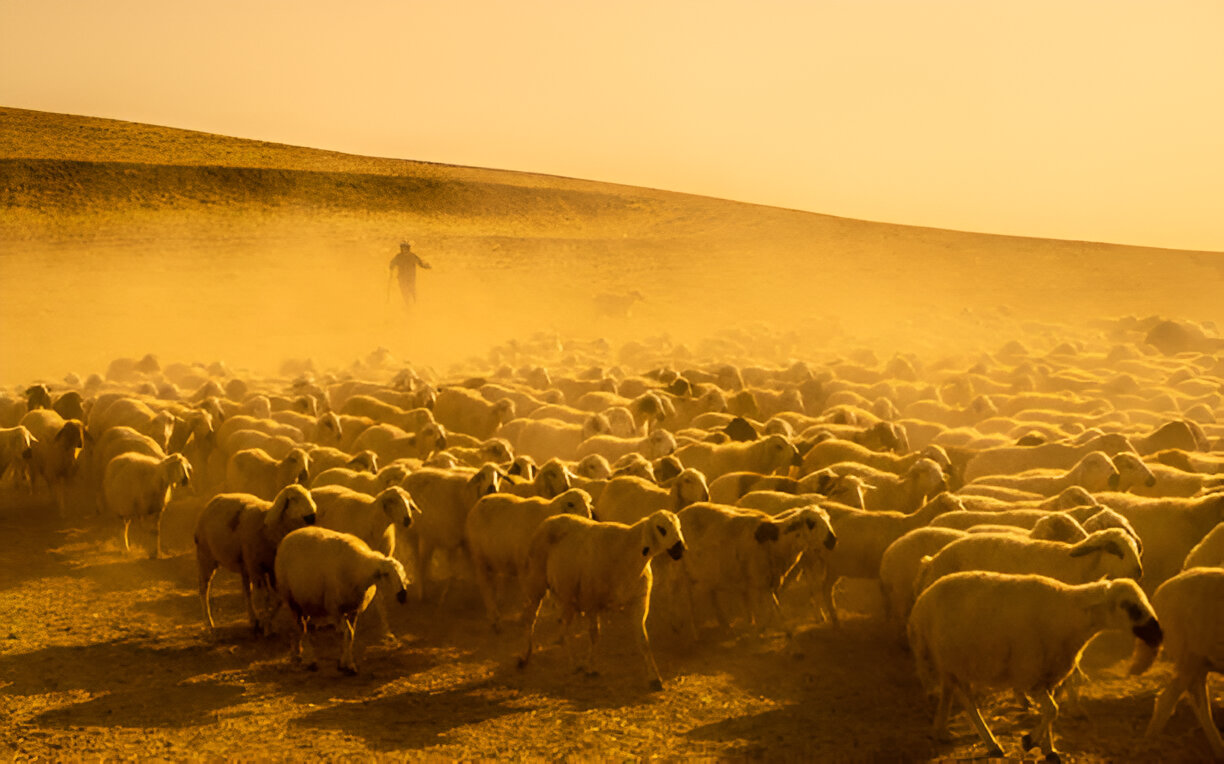
5. Cultural Significance of Shepherding
Shepherding is deeply ingrained in the culture of northern Pakistan. Traditional songs, stories, and folklore often celebrate the bravery and resilience of shepherds. Their lifestyle reflects a close connection to nature, promoting sustainable living and respect for the environment. Many traditional dishes, clothing styles, and handicrafts in the region are directly influenced by this pastoral lifestyle.
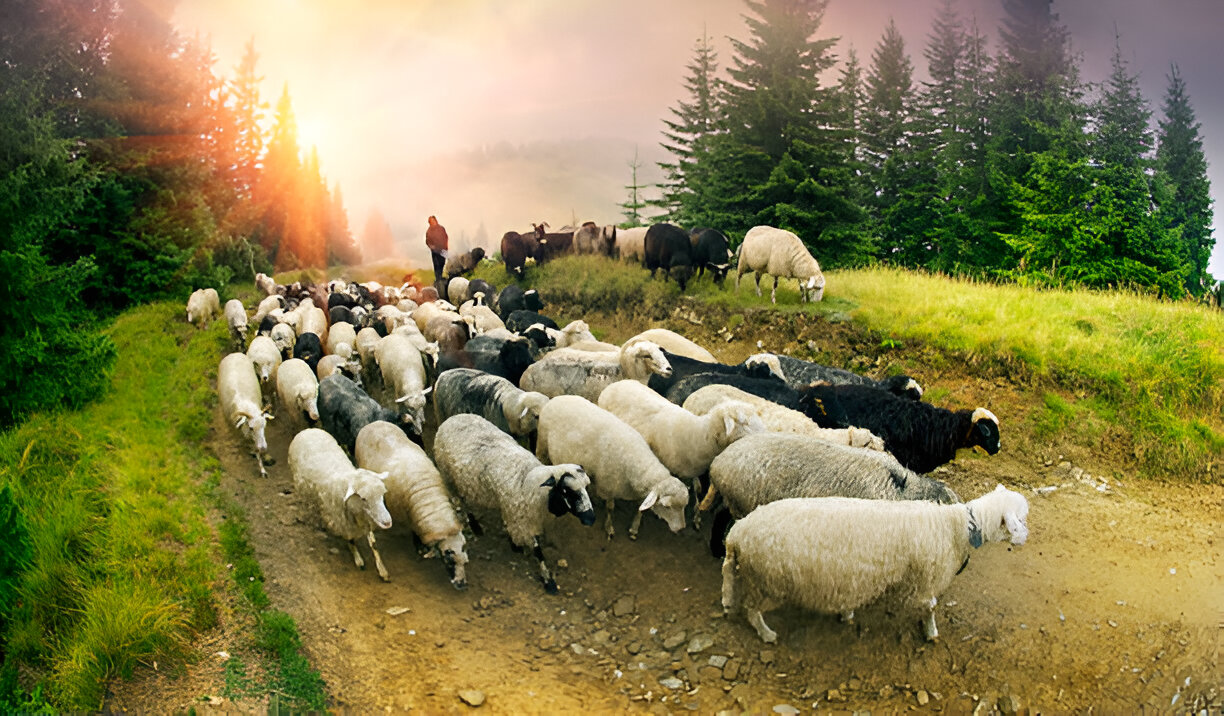
6. Economic Importance
Shepherding is not only a cultural heritage but also a vital economic activity. Livestock farming contributes to local economies by supplying meat, wool, butter, and cheese. In some regions, the wool from sheep and goats is used to make shawls, carpets, and other handicrafts, supporting cottage industries.
7. Tourism and Awareness
With the rise of tourism in Gilgit-Baltistan, Hunza, and Chitral, shepherding has caught the interest of travelers. Tourists often encounter shepherds during treks, offering them a glimpse into this unique lifestyle. Promoting cultural tourism in these areas can provide shepherd communities with opportunities to earn extra income while preserving their way of life.
Conclusion
The life of shepherds in the northern mountains of Pakistan is a testament to human resilience and the beauty of living in harmony with nature. While their lifestyle is simple, it is also filled with challenges that highlight the strength and spirit of these communities. Preserving their traditions and supporting their livelihoods is essential, not only to maintain Pakistan’s cultural diversity but also to ensure that this centuries-old way of life continues to thrive in the modern age.
